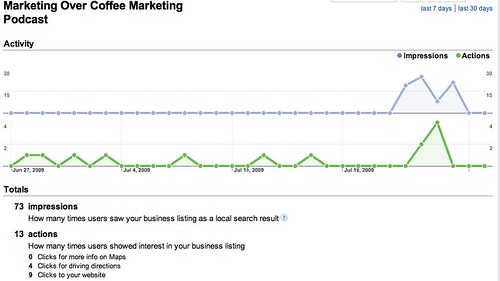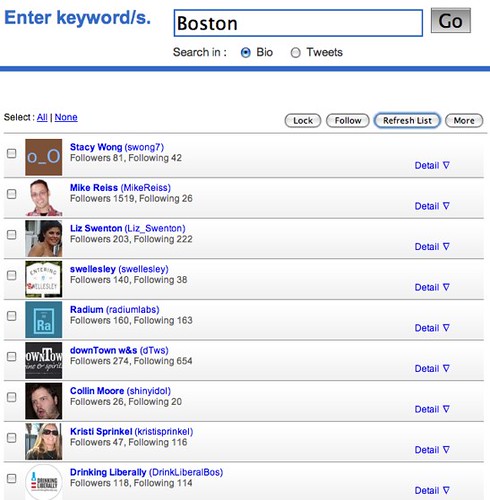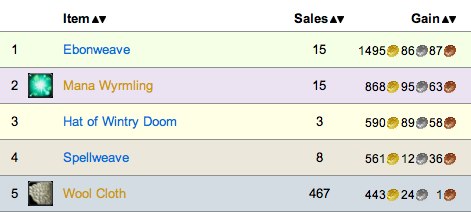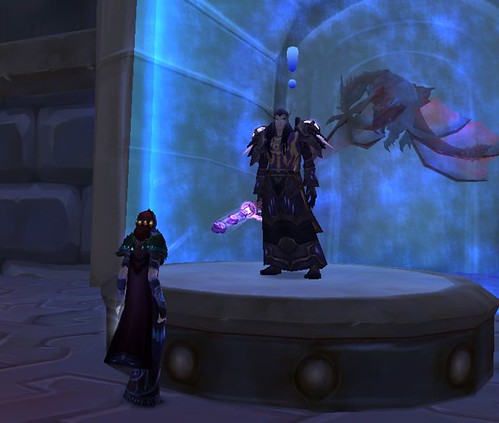Five basic tips for dominating local. If you’re a local business, local musician, local event planner, local anything, you need to try these methods.
1. Optimize your site or microsite for local. Buy a local domain name, like Boston Martial Arts. When people are searching for generics, they’ll Google for your locality and the generic term – and chances are generic terms are more likely to be available at the local level.
2. Register for local. Set up your Google Local Business Center. Get events into local calendars like Craigslist for your city.
3. Recruit local. Hit up local message boards, follow people locally on Twitter, find discussion groups and email lists that are local and introduce yourself to your community.
4. Be at local events. Attend things like PodCamp Boston (if you’re in Boston, obviously), or create your own PodCamp, BarCamp, TEDx, or other event for your area.
5. Go local offline. Got a business you’re promoting? Look at local delivery systems to enhance your business. One of my friends who is an avid local marketer promotes his business through an online and offline affiliate program, and gives affiliate coupons to other local businesses. His biggest success? A local florist shop includes his coupons in their deliveries. The florist gets affiliate fees if the customer signs up, he gets free marketing, and the customer gets his business if they want what he has to sell – and the sell is slightly easier because the arrival of flowers tend to brighten moods to begin with.
What are your local tips and tricks?
Did you enjoy this blog post? If so, please subscribe right now!
Get this and other great articles from the source at www.ChristopherSPenn.com










